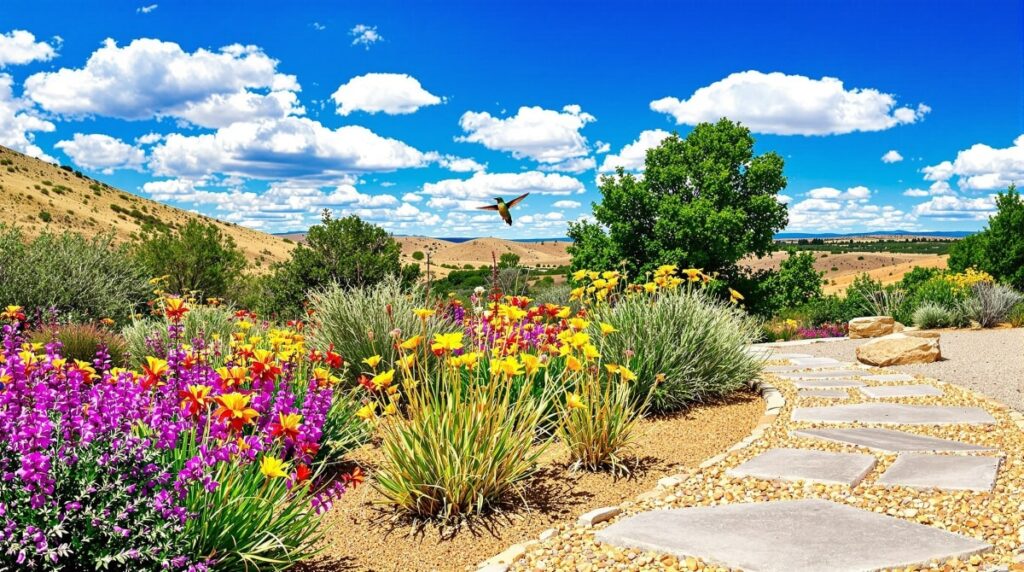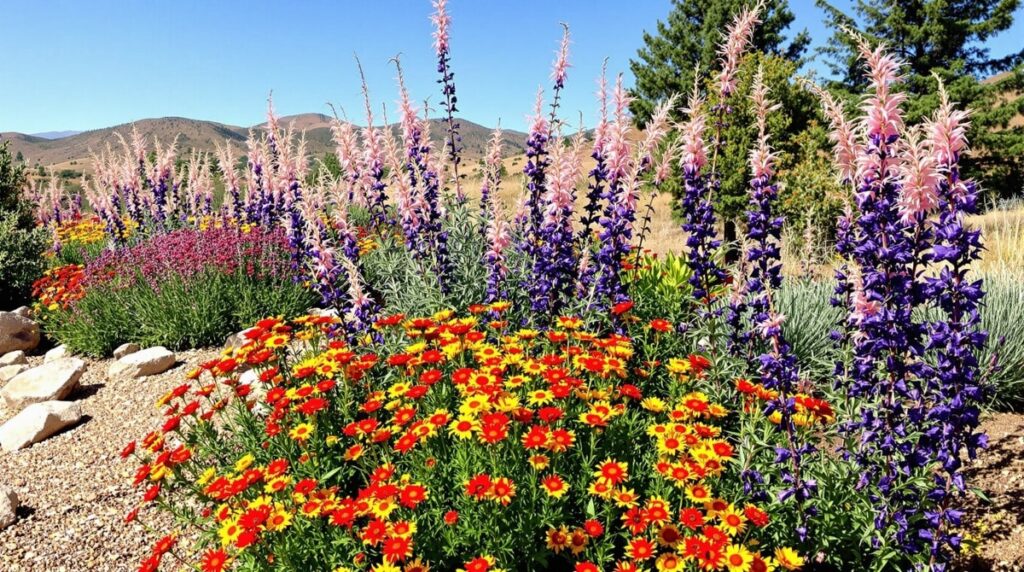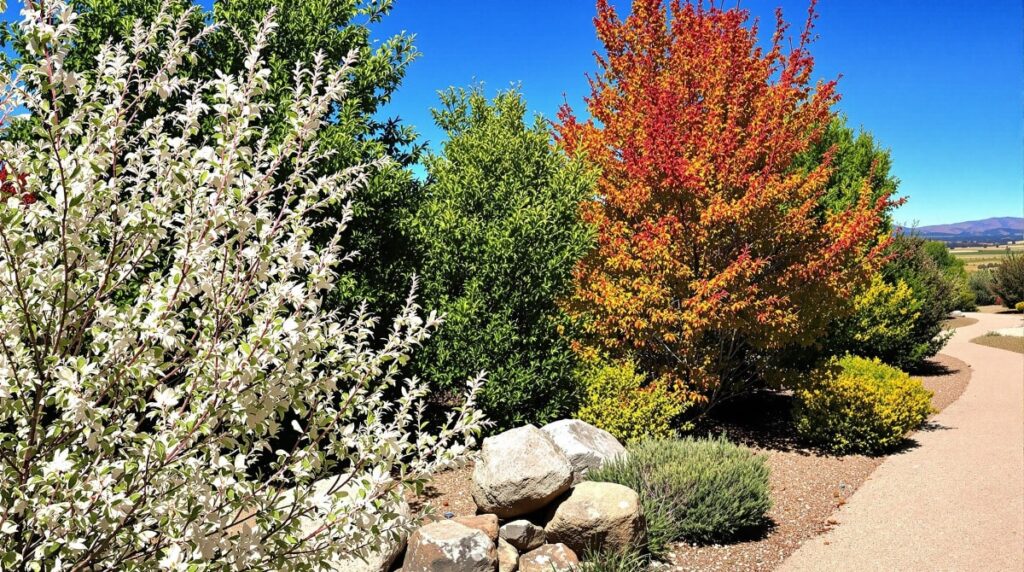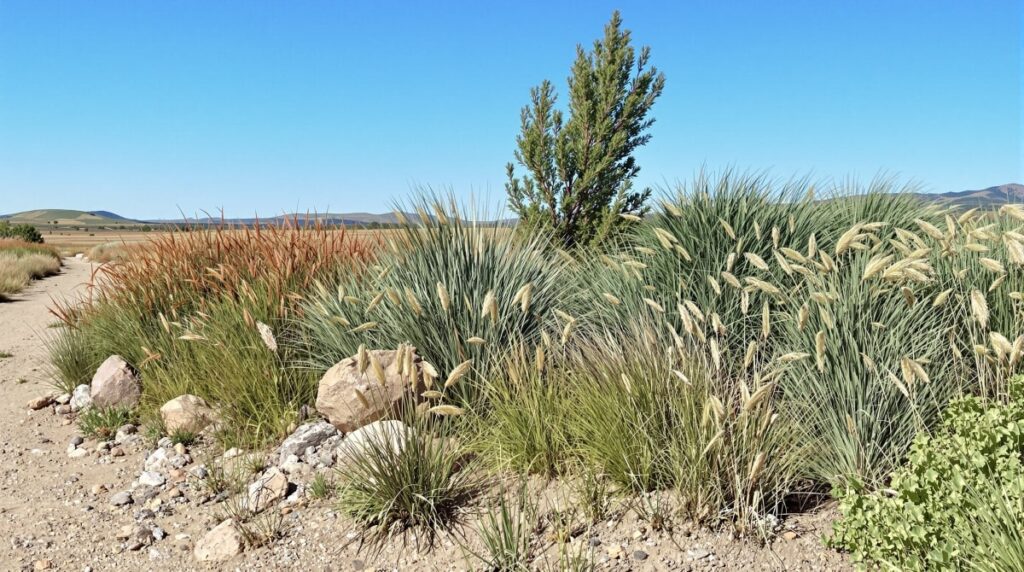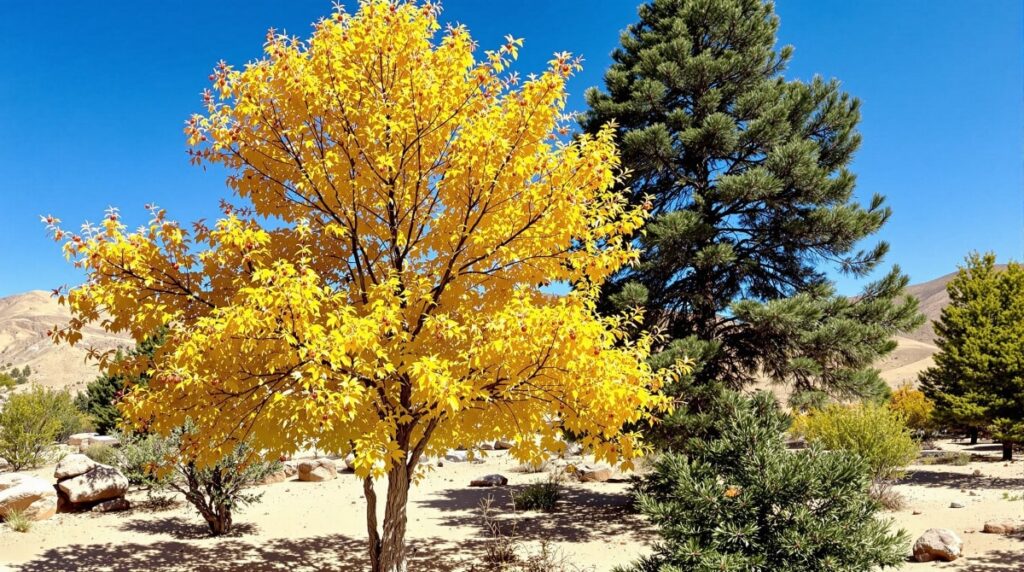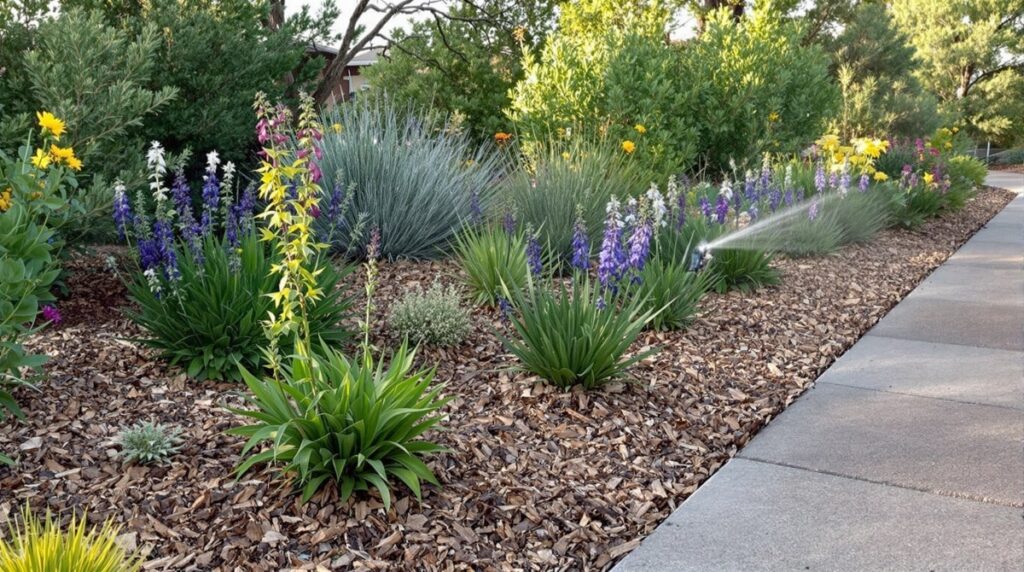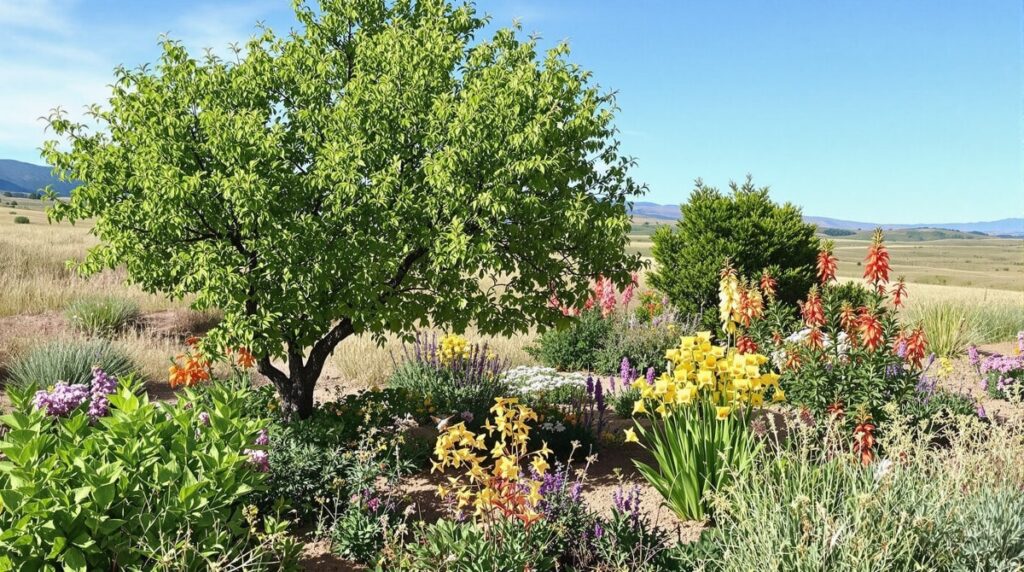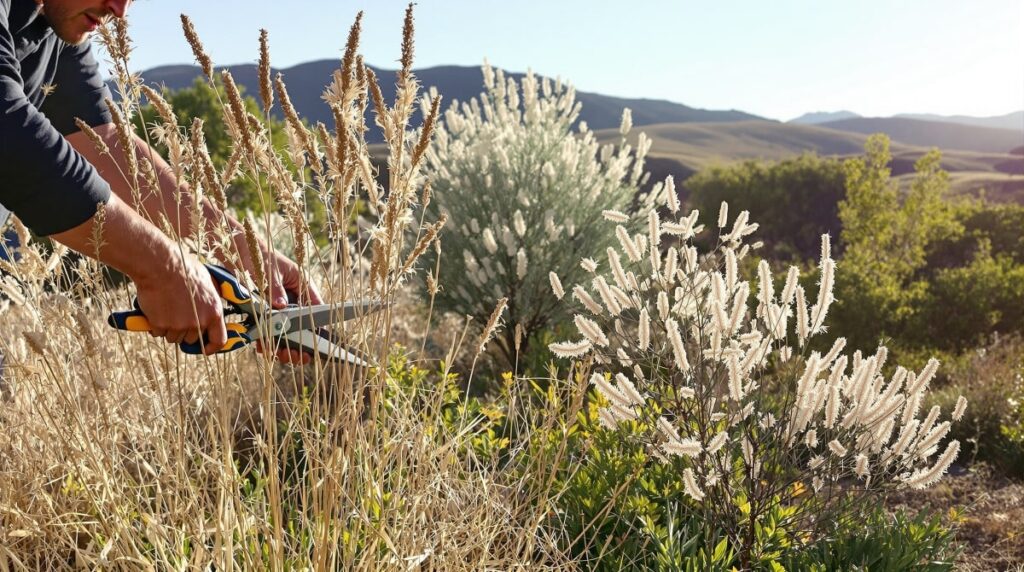Landscaping with Native Plants in Elizabeth, Colorado
Elizabeth, Colorado, offers a unique blend of high plains and foothill terrain, creating an environment where native plants thrive. Landscaping with species naturally adapted to this region ensures a visually stunning and resilient outdoor space that requires minimal maintenance. Native plants have evolved to withstand the area’s dry climate, fluctuating temperatures, and occasional late frosts, making them an excellent choice for homeowners looking to create sustainable, water-wise landscapes. By choosing native plants, residents can enhance the beauty of their properties while supporting the local ecosystem, from beneficial insects to birds and other wildlife. Unlike non-native species, these plants have adapted to the region’s unique climate and soil conditions, requiring less irrigation and maintenance. If you’re planning to transform your yard, professional landscaping Elizabeth CO services can help design a sustainable and visually stunning outdoor space.

